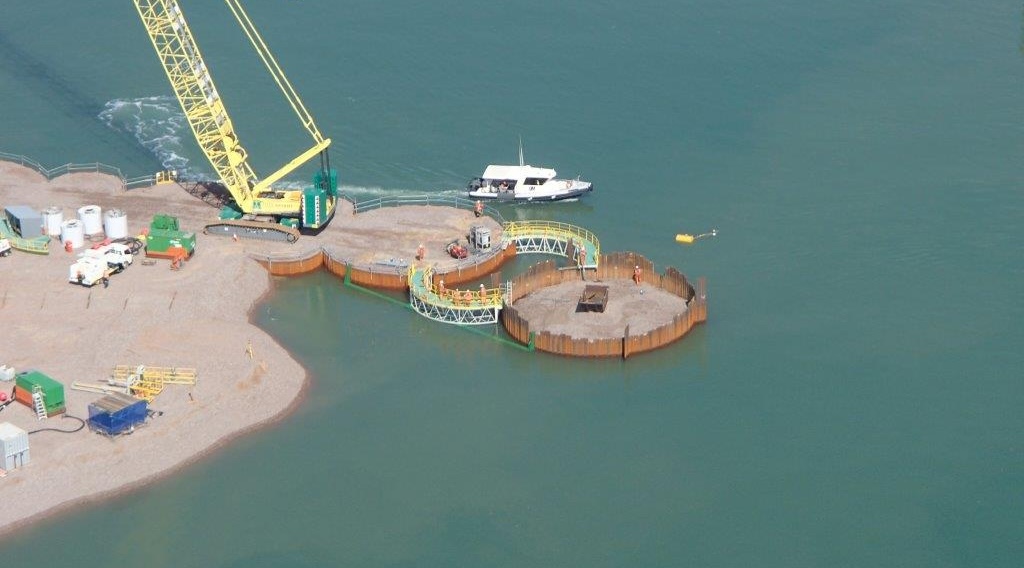Rising water levels have emerged as a pressing concern for marine structures worldwide, posing significant challenges to their durability, resilience, and expected lifespan. As sea levels continue to rise due to climate change, coastal infrastructure faces increased risks of inundation, erosion, and structural damage. Understanding the complex dynamics between rising water levels and marine structures is essential for mitigating risks, enhancing resilience, and ensuring the longevity of coastal infrastructure.
Impact of Rising Water Levels on Marine Structures
Rising water levels have a profound impact on the structural integrity and performance of marine structures, including seawalls, jetties, piers, and offshore platforms. As sea levels rise, coastal areas are more susceptible to erosion, wave action, and storm surges, placing additional stress on marine structures and accelerating deterioration processes. Increased wave energy and erosion can lead to scouring around foundation structures, undermining stability and compromising structural integrity.
In addition to direct physical damage, rising water levels can exacerbate corrosion and deterioration of marine structures. Higher water levels can result in increased exposure to saltwater, which accelerates corrosion of steel and concrete components. Corrosion weakens structural elements, reduces load-bearing capacity, and shortens the lifespan of marine structures, leading to costly repairs and maintenance.
Adaptive Strategies for Mitigating Risks
To address the challenges posed by rising water levels, engineers and coastal managers are implementing adaptive strategies to enhance the resilience and longevity of marine structures. These strategies include:
1. Improved Design Standards: Incorporating climate change projections and sea level rise scenarios into design standards to ensure marine structures are built to withstand future environmental conditions.
2. Enhanced Monitoring Systems: Installing advanced monitoring systems to track water levels, wave dynamics, and structural performance in real-time, enabling early detection of vulnerabilities and prompt maintenance interventions.
3. Nature-Based Solutions: Implementing nature-based solutions such as living shorelines, mangrove restoration, and coral reef protection to enhance coastal resilience and reduce erosion impacts on marine structures.
4. Structural Modifications: Retrofitting existing marine structures with additional reinforcements, corrosion-resistant materials, and improved drainage systems to enhance durability and mitigate the effects of rising water levels.
5. Adaptive Management Practices: Implementing adaptive management practices that allow for flexible and responsive decision-making in the face of changing environmental conditions, including sea level rise and coastal erosion.
Conclusion
Rising water levels present significant challenges to the durability, resilience, and expected lifespan of marine structures. By understanding the complex interactions between rising sea levels and coastal infrastructure, engineers and coastal managers can develop adaptive strategies to mitigate risks, enhance resilience, and ensure the longevity of marine structures in a changing climate. Through proactive planning, innovative design solutions, and collaborative efforts, we can safeguard coastal communities and infrastructure against the impacts of rising water levels and build a more sustainable future for our coastal environments.
How rising water levels impact the expected lifespan of marine structures
This article explores how rising water levels pose significant threats to marine structures worldwide. Increased erosion, wave action, and corrosion accelerate structural deterioration, reducing their lifespan. Adaptive strategies such as improved design standards, enhanced monitoring systems, and nature-based solutions are essential for mitigating risks and ensuring the resilience and longevity of coastal infrastructure in the face of rising water levels.
